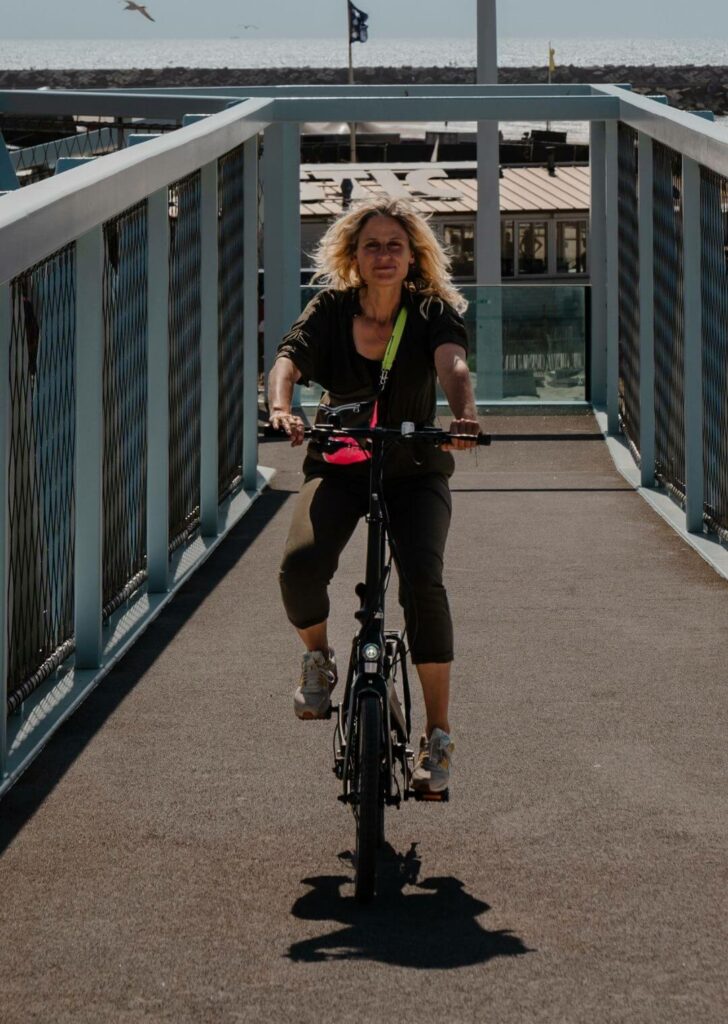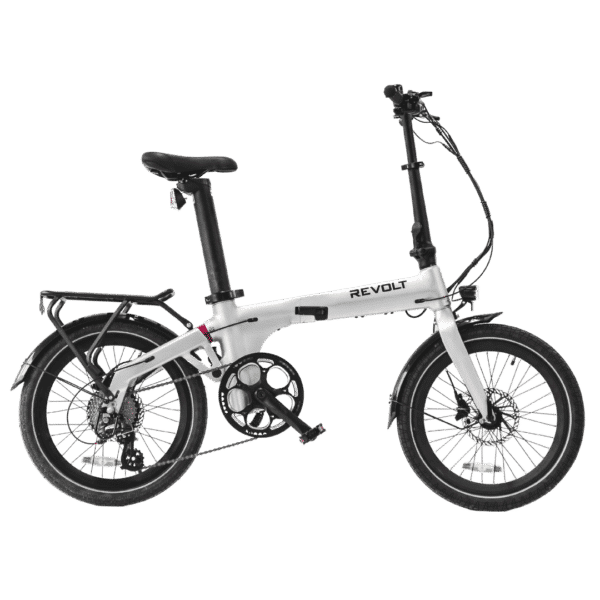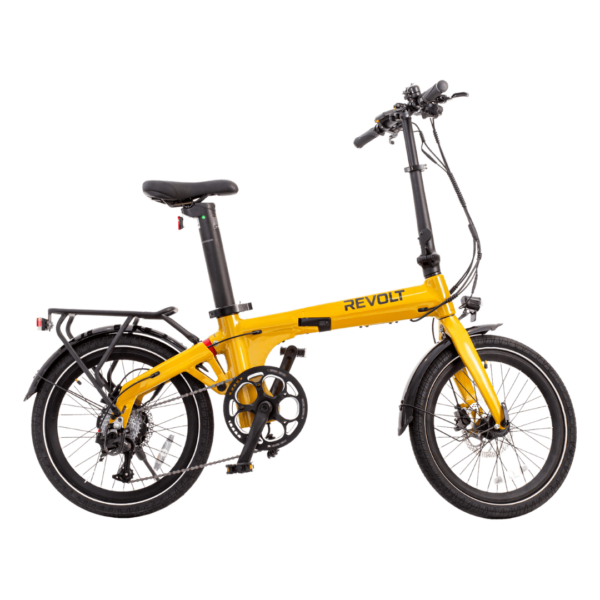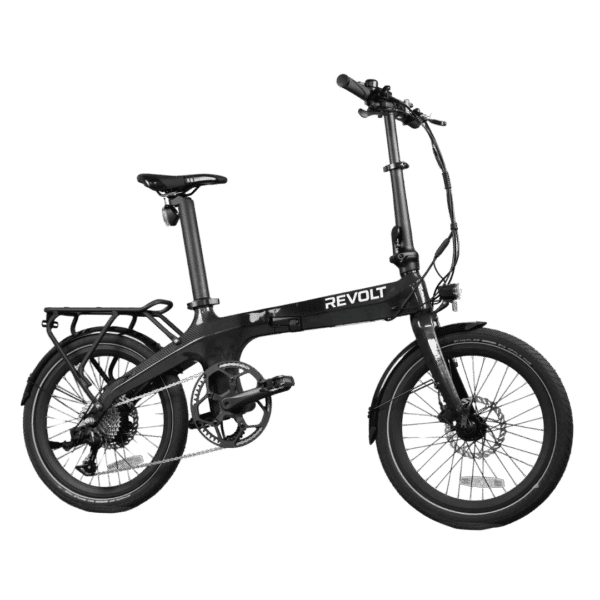How to Ride an Electric Bike: A Comprehensive Guide
Electric bikes, often referred to as e-bikes, have surged in popularity in recent years. These innovative machines combine the benefits of traditional bicycles with the convenience and assistance of electric propulsion. Whether you’re a seasoned cyclist or a novice looking to explore the world of electric biking, this comprehensive guide will take you through the essential aspects of How to Ride an Electric Bike. From understanding How to Ride an Electric Bike work to mastering various riding techniques, this article will equip you with the knowledge you need to confidently enjoy the world of electric biking.
I. Introduction
Electric bikes have revolutionized the way people commute, exercise, and explore their surroundings. These eco-friendly and efficient vehicles have gained immense popularity due to their ability to provide a smooth and assisted ride, making cycling accessible to a broader audience. In this comprehensive guide, we’ll delve into the world of electric biking, covering everything from understanding the basics of e-bikes to mastering the art of safe and enjoyable riding.
II. Understanding Electric Bikes
1. What are Electric Bikes?
Electric bikes, or e-bikes, are bicycles equipped with an electric motor and a rechargeable battery. These components work together to assist the rider while pedaling, providing a boost in speed and reducing the effort required to cycle. The electric motor on e-bikes can be operated in several ways, such as pedal-assist or throttle control.
2. How Do Electric Bikes Work?
E-bikes operate on a simple principle: the electric motor provides assistance to the rider’s pedaling efforts. The motor is powered by a battery that can be recharged using a standard electrical outlet. The degree of assistance can often be adjusted to suit the rider’s preference, making e-bikes a versatile option for various riding conditions.
3. Types of Electric Bikes
Electric bikes come in various forms to cater to different needs and riding styles. The main types of e-bikes include:
- Pedal-Assist E-Bikes: These e-bikes provide assistance when the rider pedals. The motor activates when the pedals are in motion, offering a seamless and natural riding experience.
- Throttle-Controlled E-Bikes: Throttle e-bikes allow the rider to control the motor’s power output with a throttle similar to a motorcycle. These e-bikes are ideal for those who prefer less pedaling effort.
If you are looking for Folding E-Bikes then choose Revolt Bikes

III. Safety Precautions
Ensuring your safety while riding an electric bike is paramount. E-bikes can reach higher speeds than conventional bicycles, and this makes understanding and implementing safety measures all the more critical.
1. Safety Gear
a. Helmets
Wearing a certified bicycle helmet is non-negotiable. It’s the most important piece of safety equipment for e-bike riders. Make sure your helmet fits properly and is in good condition.
b. Protective Clothing
Consider wearing gloves, knee and elbow pads, and reflective clothing for increased visibility, especially when riding in low-light conditions.
c. Eyewear
Protect your eyes from wind, debris, and insects by wearing appropriate eyewear. Sunglasses can also shield your eyes from harmful UV rays.
2. Maintenance for Safety
Maintaining your e-bike is not only essential for its longevity but also for your safety. Regularly inspect and maintain the following components:
a. Brakes
Ensure that your brakes are in good working order. Squeaking or ineffective brakes can lead to accidents.
b. Tires
Check tire pressure regularly and inspect for signs of wear. Properly inflated tires provide better stability and control.
c. Lights
Ensure your bike is equipped with front and rear lights for visibility in low-light conditions or at night.
3. Riding Techniques for Safety
a. Defensive Riding
Always ride defensively, assuming that other road users may not see you. Keep a safe distance from vehicles and anticipate potential hazards.
b. Turning Safely
Signal your turns well in advance, and always check for oncoming traffic before turning or changing lanes.
c. Riding in a Straight Line
Maintain a straight line while riding, and avoid sudden swerves or zigzag movements.
d. Obey Traffic Rules
Follow all traffic rules and regulations. This includes stopping at stop signs, obeying traffic lights, and yielding to pedestrians.
IV. Choosing the Right E-Bike
Selecting the right electric bike is crucial for a safe and enjoyable riding experience. Consider the following factors when choosing an e-bike:
1. Intended Use
Determine your primary use for the e-bike. Are you planning to use it for daily commuting, recreational rides, or off-road adventures? Your intended use will influence the type of e-bike that’s most suitable for you.
2. Motor Type
Electric bikes come with various types of motors, each offering different levels of power and assistance. Choose a motor that aligns with your riding preferences and needs.
3. Battery Capacity
Battery capacity affects the e-bike’s range, so consider your daily riding distance and the availability of charging options when selecting a battery capacity.
V. Basic Riding Techniques
Now that you have your e-bike and safety measures in place, let’s delve into the basic riding techniques that will get you moving.
1. Mounting and Dismounting
a. Mounting
- Stand next to your e-bike with the saddle between your legs.
- Hold the handlebars and ensure that the brakes are engaged.
- Swing one leg over the saddle and sit down while maintaining control of the handlebars.
b. Dismounting
- Slow down to a complete stop.
- Swing one leg over the saddle and place it on the ground.
- Ensure the e-bike is stable before getting off.
2. Starting and Stopping
a. Starting
- Begin pedaling or engage the throttle, depending on your e-bike’s type.
- Gradually increase the power or speed setting to avoid sudden acceleration.
b. Stopping
- Gradually release the throttle or stop pedaling.
- Squeeze the brake levers gently to slow down.
- Come to a complete stop and dismount when necessary.
3. Pedaling
E-bike pedaling is similar to regular bike pedaling. Apply even pressure on the pedals and maintain a steady cadence. Adjust the level of assistance based on your desired effort and speed.
4. Shifting Gears
If your e-bike has multiple gears, learn to shift them as needed. Lower gears are for uphill climbs and starting from a stop, while higher gears are for flat terrain and downhill descents.
5. Using the Brakes
Use your brakes for slowing down and coming to a stop. E-bikes are equipped with both front and rear brakes, so apply them evenly to avoid skidding or loss of control.
VI. Handling Different Terrains
Electric bikes are versatile and can handle various terrains, from city streets to rugged trails. Let’s explore How to Ride an Electric Bike in different environments.
1. City Streets
City streets often have smooth, paved surfaces. When riding on city streets:
- Maintain a straight line and stay within the designated lanes.
- Be aware of traffic signals and obey traffic rules.
- Use your e-bike’s assistance to navigate through urban traffic with ease.
2. Hills and Inclines
Hill climbing can be challenging, but with the assistance of an e-bike, it becomes more manageable. Here’s how to tackle hills effectively:
- Shift to lower gears to make pedaling easier.
- Gradually increase the power output to receive more assistance from the motor.
- Lean forward slightly to maintain balance and traction on steep inclines.
3. Off-Road Trails
For those seeking adventure off the beaten path, e-bikes are also well-suited for off-road riding. Here’s what you need to know:
- Reduce tire pressure for better traction on uneven terrain.
- Use a higher power setting to conquer obstacles and rough terrain.
- Stay alert and adjust your riding style to navigate challenging off-road conditions.
VII. Tips for Uphill and Downhill Riding
Uphill and downhill riding require specific techniques to ensure safety and control.
1. Uphill Riding
- Lean forward and keep your weight centered over the pedals.
- Maintain a steady pedaling cadence to avoid overexertion.
- Use higher assistance settings if available to tackle steep inclines.
2. Downhill Riding
- Shift to lower gears for increased control.
- Avoid squeezing the brakes too hard; instead, apply gentle, even pressure.
- Keep your weight back and maintain a low center of gravity to prevent tipping forward.
VIII. Maximizing Battery Life
E-bike battery life is a critical factor in ensuring you can complete your ride without running out of power. To maximize battery life:
- Plan your route to minimize steep inclines and maximize flat terrain.
- Use the appropriate power setting for your riding conditions. Lower settings use less power.
- Charge the battery when it’s not in use to maintain its capacity.
IX. E-Bike Etiquette and Laws
Adhering to traffic laws and etiquette is essential when riding an e-bike to ensure the safety of both yourself and others on the road.
1. Traffic Rules and Regulations
- Obey traffic lights and stop signs.
- Yield the right of way to pedestrians.
- Follow all road signs and signals.
2. Bike Lanes and Paths
- Use designated bike lanes and paths when available.
- Signal your turns and overtaking maneuvers to other cyclists.
3. E-Bike Laws
Be aware of e-bike laws and regulations in your area. These laws can vary, and it’s important to know the speed limits, age restrictions, and other specific rules that apply to e-bike riders.
X. Maintenance and Troubleshooting
Maintaining your e-bike is essential to keep it in excellent working condition and to avoid breakdowns during your rides.
1. Routine Maintenance
- Clean your e-bike regularly to prevent dirt and grime buildup.
- Lubricate the chain and moving parts to ensure smooth operation.
- Check for loose bolts and tighten them as needed.
2. Troubleshooting Common Issues
E-bikes, like any machine, may encounter common issues. Here are some troubleshooting tips:
- If your e-bike won’t start, ensure the battery is charged and properly connected.
- If you experience a flat tire, carry a repair kit with you and know how to change a tube.
XI. Accessories and Upgrades
Accessories can enhance your e-biking experience and make your rides more enjoyable and convenient. Consider the following:
1. Panniers and Bags
Attach panniers or bags to carry your belongings, groceries, or other essentials while riding.
2. Mirrors
Install mirrors to improve your visibility and awareness of your surroundings.
3. Lights
Additional lights can increase your visibility to other road users, enhancing safety during nighttime or low-light rides.
XII. Conclusion
Riding an electric bike can be an exhilarating and environmentally friendly way to get around, exercise, and explore your surroundings. By understanding How to Ride an Electric Bike, prioritizing safety, and mastering riding techniques, you can make the most of your electric biking experience. Whether you’re a beginner or a seasoned rider, this comprehensive guide should equip you with the knowledge and skills needed to enjoy the world of electric biking to the fullest. Get ready to embark on exciting journeys and explore new horizons with your e-bike, all while contributing to a greener, more sustainable future for transportation. Ride safely, ride confidently, and enjoy the open road on your electric bike.
Read More about E-Bike










